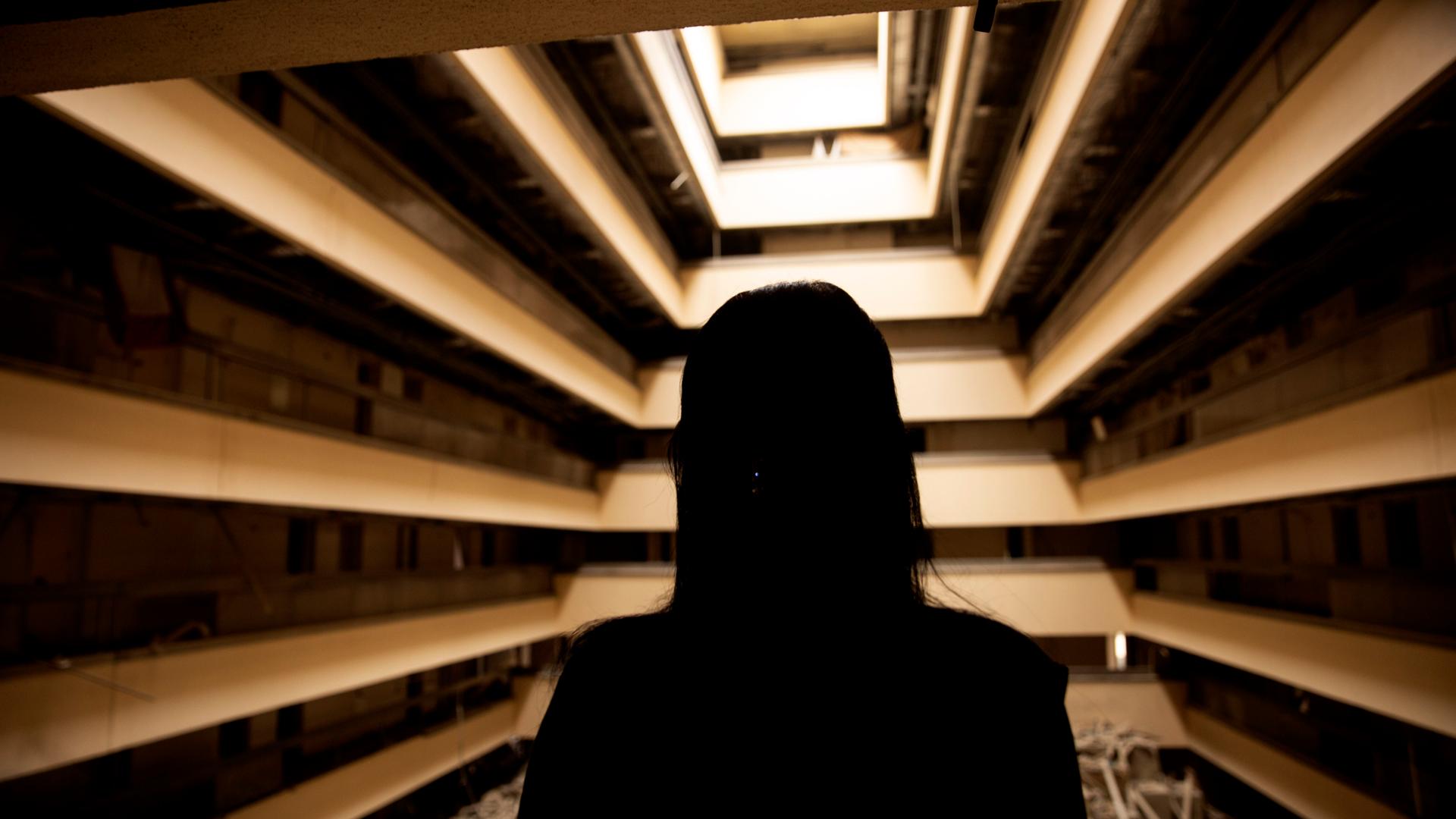This analysis was featured in Critical State, a weekly newsletter from The World and Inkstick Media. Subscribe here.
A new article in the Annual Review of Political Science by field leaders Ragnhild Nordås and Dara Kay Cohen takes stock of the incredible progress made in recent years in understanding when, where, and why wartime sexual violence takes place. This week and next on Deep Dive, we’ll look at two of the most recent articles Nordås and Cohen highlight in order to better understand the state of the literature on sexual violence in conflict.
Related: Yazidi women still fear ISIS months after their defeat
One of the areas of research where the most progress has been made in recent years is in understanding how armed groups craft policy around sexual violence. In the past, most people assumed that sexual violence in conflict was indiscriminate — the result of wanton cruelty, rather than explicit policy. Yet many armed groups enact rules governing the use of sexual violence by their fighters. In the latest issue of the Journal of Global Security Studies, political scientists Mara Redlich Revkin and Elisabeth Jean Wood have an article that describes the origins of sexual violence policies put in place by the ISIS during the group’s 2014 to 2017 peak in Iraq and Syria.
Related: Congolese doctor, Yazidi activist win Nobel Peace Prize
Revkin and Wood are primarily interested in why ISIS chose to inflict particular forms of violence on some groups but not others. If ISIS violence — and specifically sexual violence — was indiscriminate, we woud expect to see it directed at any civilians with which ISIS fighters came in contact. In reality, however, levels of ISIS sexual violence varied widely based on the religious and ethnic identities of the civilians they targeted.
Specifically, Revkin and Wood point to the differences in ISIS’s treatment of Sunni and Yazidi populations. Sunni Muslims were subject to frequent sexual violence by ISIS, but the forms of that violence were circumscribed. Sunni women and girls in ISIS-held areas were subject to intense pressure to marry ISIS fighters, often as a form of tacit protection for their families. Outside the framework of marriage, sexual violence toward Sunnis was rare, and frequently resulted in punishment for the perpetrator when it did take place. By contrast, Yazidi women and girls faced widespread sexual enslavement by ISIS, with the group establishing a slave market infrastructure to support the practice of enslavement. Other ethnic and religious groups experienced ISIS sexual violence across a specturm between the treatment of Sunnis and Yazidis.
Related: Early marriage figures for Iraq are startling
These ethnoreligious differences were not reflections of a change in mood by perpetrators of indiscriminate violence, but rather the direct result of ISIS organizational policy. In 2014, for example, ISIS publicly laid out a clear policy and legal justification for sexual enslavement of Yazidis and other groups it saw as “unbelievers.” Those rules were later expanded with further policy documents that described how slave markets were to be regulated and the conditions under which formerly enslaved people could marry. The rulings reflected the ISIS ideological line — the group’s interpretation of early Islamic law permits the enslavement of prisoners of war who are not Muslims, Jews, or Christians.
Related: This Yazidi woman escaped her ISIS captors in Mosul
The focus on child marriage of Sunni girls was also a policy. In 2015, ISIS declared that “it is considered legitimate for a girl to be married at the age of nine” in the group’s territory. ISIS bureaucrats frequently issued licenses for child marriages, complete with signatures, fingerprints, and a record of the dowry paid by the bride’s family. That policy was also a reflection of ISIS’ ideological project. The state the group sought to create was a highly patriarchal one that required women and girls to have male “guardians,” increasing incentives for child marriage.
By tying patterns of ISIS violence to the enactment of the group’s ideology, Revkin and Wood go beyond earlier explanations of the group’s actions but did not account for ISIS’s political project. Some security studies scholars had posited that sexual enslavement was a recruitment tactic meant to entice young men into the group. Others argued that ISIS was simply recreating the repressive strategies of the dictatorial governments they were succeeding in Iraq and Syria. Yet, neither of these explanations stand up much to scrutiny. ISIS barely mentioned slavery in its foreign propaganda materials, and the group’s use of slavery was circumscribed along ideological grounds. Though the Syrian and Iraqi governments also engaged in sexual violence, sexual enslavement along ethnic lines is just one of the forms of violence ISIS undertook that had no equivalent during predecessor regimes. Even in the realm of sexual violence, Revkin and Wood’s work emphasizes the extent to which an armed group’s tactics tend to reflect its underlying political goals.
Critical State is your weekly fix of foreign policy without all the stuff you don’t need. It’s top news and accessible analysis for those who want an inside take without all the insider bs. Subscribe here.
